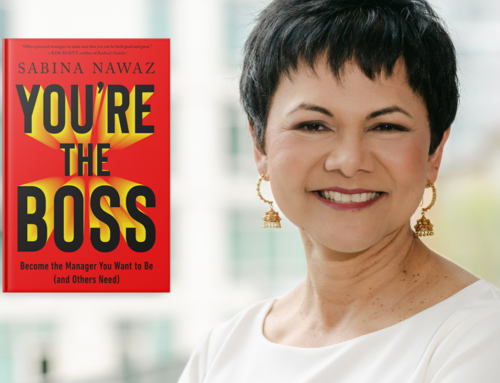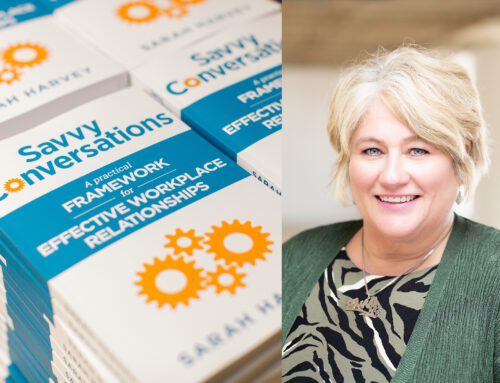Guy Kawasaki enchants with Enchantment. It’s a lovely word, but of course Guy wants it to mean more than just charming the socks off someone. He is talking about how you delight people with a purpose: to buy your product, help you achieve something, or just be your friend.
Can you use Kawasaki’s insights to give better speeches? Guy offers some specific advice on giving presentations:
Customize the introduction. Guy’s idea here is that you give better speeches when you give the same one over and over again. Presentation practice makes perfect. But you enchant people by tailoring the beginning to them – showing that you know or are connected with them in some way. Guy often takes pictures of the audience or the city and puts them in the introduction.
This is good advice, but not enough. You really need to tailor a speech to an audience throughout. Of course, there may be big chunks of your usual speech that fit with a particular audience, but you should never assume that’s the case. Good speaking starts with good research, and that research may affect not only the beginning but the middle and the end of your speech.
Sell your dream. Guy means that you need to sell the sizzle with the steak, the big idea with the product, the differentiator with the beta release. It’s a good point, but the real way you enchant an audience is to solve the audience’s problem. To do that, you need to know what that problem is.
Think screenplay, not speech. Great movies follow a 3-act structure, and so should your speech, says Guy. This is good advice, and widely proffered, but all too often watered down to saying that a good speech has a beginning, middle, and end. A great screenplay is much more than that. A great screenplay takes viewers on a journey, seen through the eyes of the hero. A great screenplay begins with a situation, then a complication that forces the hero out of her comfort zone, her daily life, her stuck situation. It may be an event, a new person, a decision. Then the complications begin. A great screenplay throws obstacles in the way of the hero so that it will take 2 convincing hours for her to reach her goal. When these complications reach their zenith, the hero faces a test that reveals her true character. If she passes the test, the story resolves more or less happily. If she fails the test, the story resolves more or less tragically.
There’s a lot to a screenplay, and Guy only touches on what’s really involved. By all means use the idea of a screenplay to jazz up your presentation, but realize that a screenplay is a complicated, subtle beast and needs to be treated with respect. If you have a beginning, middle, and end to your presentation, you don’t have a screenplay.
Dramatize, shorten, and practice. I’m combining three of Guy’s points here because they all have to do with upping the ante and avoiding dullness. Dramatize your talk with great slides that convey emotion. Shorten your speech – no one ever complained when a talk finished early. And practice, because it makes perfect. Guy also says “speak a lot,” which is the same point.
Warm up your audience. I like this point, because it’s not as obvious – or as frequently given — as the others. Guy means going out into the audience before your talk begins to get to know them. This is a very good idea, and not practiced enough by speakers everywhere. ‘Visiting’ with your audience beforehand will warm them to you, help with your nerves, and potentially give you stuff to say to customize the talk. All good, and very worthwhile.
What about the rest of the book? I think the real value of Enchantment for public speakers comes in Guy’s wise, funny, and spot on advice about how to catch people’s attention, hold that attention, and keep enchanting them for a long time. It’s not that the advice is so surprising for a regular reader of advice books, but Guy puts it together in a delightful way, and his warm, down-to-earth personality shines throughout. Highly recommended airplane read.
For a discussion of an equally revolutionary set of principles along similar lines, read my review of Sally Hogshead’s Fascinate.








Leave A Comment